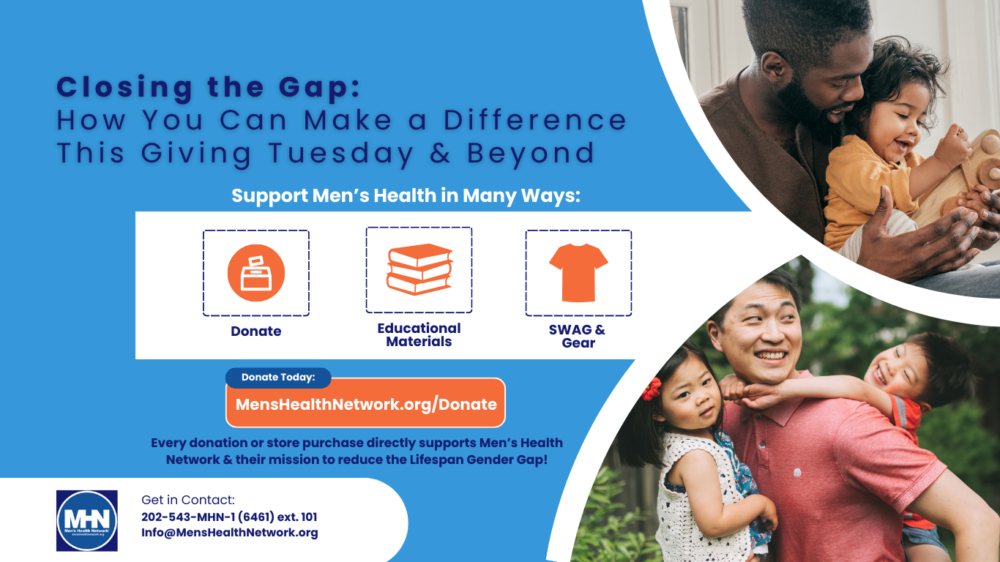We’ve had a few requests here at TAMH to give a brief overview of the recently passed House health reform bill, and I thought that the APHA Conference would be a good backdrop to also talk about some of the public health provisions in the language. From insurance coverage to market innovation and chronic disease management to health education, the Affordable Health Care for America Act attempts to address some of the most fundamental shortcomings of our health care system.
Health insurance coverage expansion is a central focus of the bill, and is particularly important to men who have much higher rates of being uninsured compared to women. Adequate insurance coverage is inherently linked to health care access and overall health, especially for men who don’t make use of preventive services and proper chronic disease management. The bill contains requirements for individuals to obtain and large businesses to offer health insurance coverage, while providing tax credits for low-income individuals and small businesses to help make it affordable. New regulations will prohibit insurance companies from denying or rescinding coverage because of a pre-existing condition, and the bill creates a national Health Insurance Exchange where individuals and businesses can compare and purchase insurance policies that fit their needs. Medicaid will also be extended to all individuals up to 150% of the Federal Poverty Level, which is of great benefit to low-income, single men who were previously ineligible. Medicare reform will also eliminate the prescription drug coverage “donut hole,” which currently prevents many men from obtaining and adhering to necessary medications.
Numerous provisions attempt to improve the health of men and their families through lifestyle initiatives. A Prevention and Wellness Trust Fund provides $34 billion over 10 years for community-based programs, employer wellness programs, and child obesity programs. These would be particularly effective for men, as increased understanding of personal wellbeing is paramount for men to take greater control of their health. Increased funding for community health centers and the establishment of school-based health centers will also allow men to more easily access needed services, and can instill a sense of responsibility at an early age. The bill will also require chain restaurants and vending machines to display calorie counts and nutrition information on menus and displays, in hopes to make individuals more aware of the how they balance their diet.
These are just a few of the major provisions affecting men, and though the bill isn’t perfect it sets an important precedent. By making health a priority on the federal level, we can use the new-found national momentum and capacity to improve the well-being and quality of life of all Americans.



